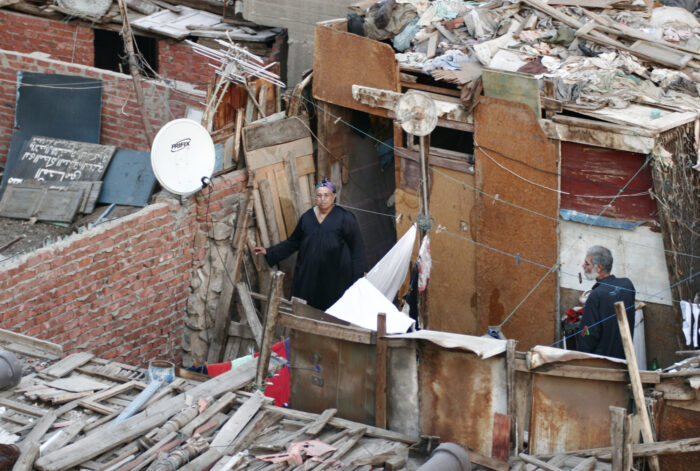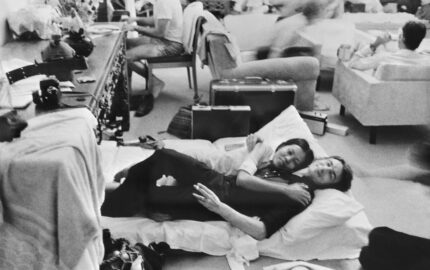
How are great journalists made? Often, it’s pieces of great journalism that help form them, influencing their lives or careers in an indelible way. To celebrate the Nieman Foundation for Journalism’s 80th anniversary in 2018, we asked Nieman Fellows to share works of journalism that in some way left a significant mark on them, their work or their beat, their country, or their culture. The result is what Nieman curator Ann Marie Lipinski calls “an accidental curriculum that has shaped generations of journalists.”
I first read Jeffrey Fleishman’s 2007 article about poor roof dwellers in Cairo nearly 10 years after he wrote it, while I was teaching a course at the American University of Beirut on narrative reporting and the legacy of Anthony Shadid. Jeff was a classmate during our Nieman year in 2001-02, and in my travels from Beirut after that, I saw him a few times during his stint as the Los Angeles Times Middle East correspondent in Cairo.
His article, “Viewing Life From the Roof,” captures for me the best that journalism and international reporting can do: it describes other, distant worlds with precision and detail, capturing at once the many emotions, memories, vulnerabilities, and strengths of ordinary people who live extraordinary lives. It relays important macro tales related to poverty and stalled development in Egypt, while conveying the indomitable human will to persevere regardless of the obstacles life throws at us. It touches on the variety of fairy tale and nightmarish conditions across the Arab region, but always returns to the central theme of the invincible human spirit in a fast-moving world that never stops.
Rarely in my decades of reporting and writing in the Middle East have I encountered such articles by foreign correspondents that accurately capture the multitude of interlocking dynamics that make the Arab region such a wonderful and exasperating place. These include hardy, colorful, or stressed individuals; vibrant neighborhoods in magnificent, often hard cities; and, countries of and for the ages, in a region both bound and plagued by the many complex relationships among its disparate people. To capture all this by using the life conditions and recollections of one old poor lady, the milieu of a single rooftop, and the instrument of just words, is as good as it gets in journalism, in my book.
Viewing Life From the Roof
By Jeffrey Fleishman
Los Angeles Times, Nov. 29, 2007
Excerpt
She comes up the stairs slow and heavy, almost heaving; she steps on the roof past the surly dog and the man she married. He hasn’t been right since the war, walking around slumped and lost, but what can she do up here on the roof, living in a hut made of scavenged wood, waving to the neighbor, the one perched on a higher rooftop who looks down with pity on the broken sinks and battered couch that long ago was brocaded and ornate, in the French style.
Funny how lives end up. Alia Qotb was born in the basement of this building and now she’s living on its roof. In between she bore seven children, visited a fine Beirut hotel, kept house for a Saudi princess. Her first husband stole her heart. By day he painted walls, at night he took his easel to the bridges over the Nile and made portraits. He willed life into art, and a man who can do that is a man she’ll remember. But he’s gone. They came together long ago, after that day she sewed him a shirt and he asked her brother for her hand in marriage.
She was 12.
Every rooftop has a story. Mostly poor ones. If you’re up on the roof, you’ve missed something—the decent job, the lucky break, the well-connected cousin. Cairo is a city of rooftop stories. Qotb can hear them, if she listens, amid blowing laundry, the scratch of a broom, the hum of a satellite dish. She knows what the neighbors are cooking, she can smell the garlic and coriander, hear the stirring of pots, a tin symphony beneath her.



